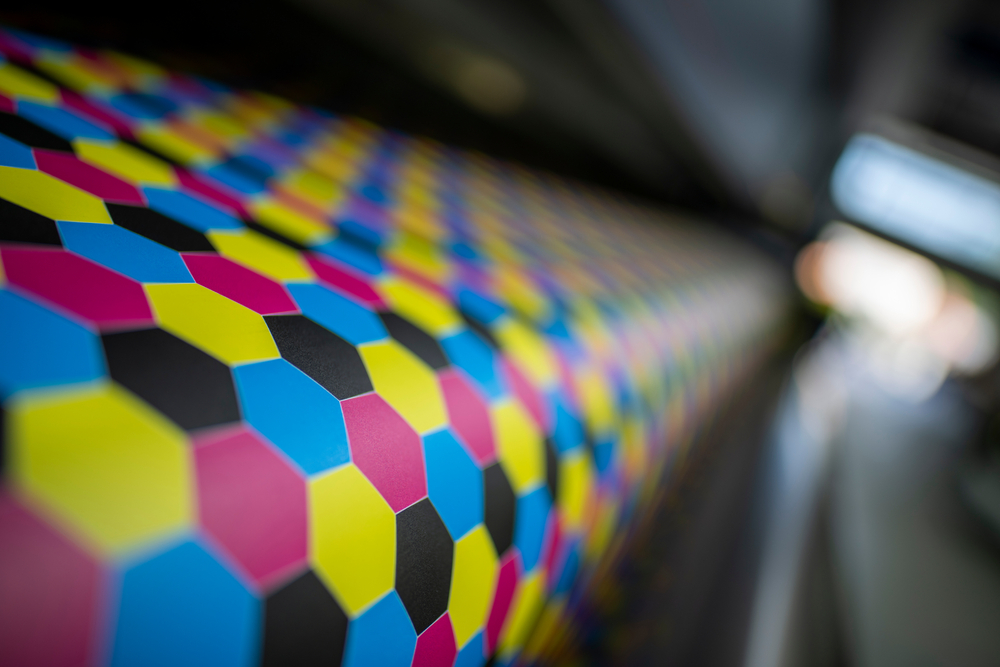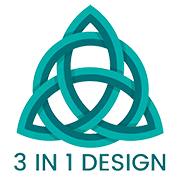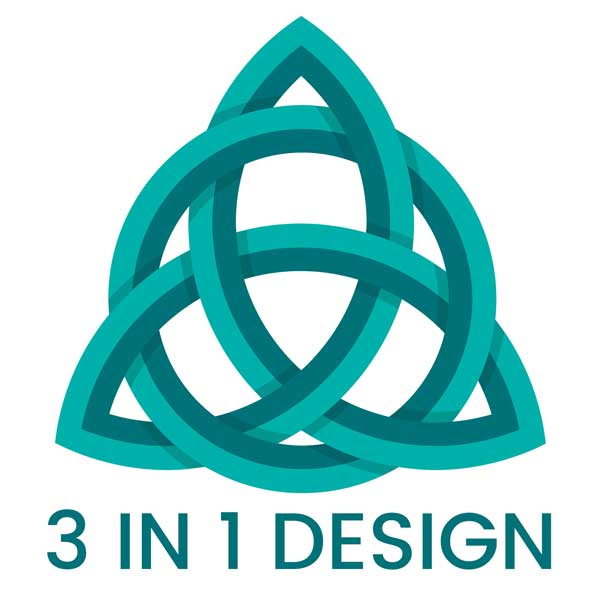
Screen printing has long been a preferred method for creating high-quality, durable prints on a variety of materials. Whether for custom apparel, promotional merchandise, or fine art prints, screen printing provides precision and vibrancy unmatched by other techniques. Among the many advancements in this field, multicolor screen printing stands out as an essential technique for producing intricate and detailed designs. This method allows artists and businesses to showcase complex patterns, gradients, and eye-catching visuals that elevate the quality of the final product.
The Fundamentals of Multicolor Screen Printing
Multicolor screen printing is a process that involves layering multiple ink colors onto a surface to achieve a dynamic and detailed design. Unlike single-color prints, which require just one screen and a straightforward application, multicolor screen printing necessitates a meticulous approach. Each color in the design requires a separate screen, precisely aligned to ensure proper registration. If the alignment is even slightly off, the final image can appear blurry or mismatched.
To execute a successful multicolor screen printing job, printers must consider factors such as the type of ink used, the order in which colors are applied, and the mesh count of the screens. The ink must be vibrant and opaque enough to stand out against various fabric backgrounds, ensuring that the final design maintains its integrity. Additionally, printers must take into account the type of material being printed on, as different fabrics and surfaces absorb ink differently, which can impact the final outcome.
The Art of Color Separation in Screen Printing
One of the most crucial steps in multicolor screen printing is color separation. This process involves breaking down a complex design into individual layers, each representing a single color. Skilled designers use software such as Adobe Photoshop or Illustrator to separate colors in a way that allows them to be printed one layer at a time. This ensures that when each color is applied in succession, they blend seamlessly to form the completed image.
There are different techniques for color separation, including spot color, CMYK (four-color process), and simulated process printing. Spot color separation is the most common for screen printing designs that require bold, solid colors. This method is ideal for logos, vector graphics, and text-based designs. On the other hand, CMYK printing relies on blending four basic colors—cyan, magenta, yellow, and black—to create a full range of hues, making it suitable for photorealistic prints. Simulated process printing is a hybrid approach, often used for printing intricate and highly detailed designs on darker fabrics, where traditional CMYK might not be as effective.
Precision and Registration in Multicolor Screen Printing
Achieving perfect registration is one of the greatest challenges in multicolor screen printing. Since each color is printed separately, all screens must be aligned precisely so that the colors layer correctly without gaps or misalignment. Registration marks, which are small indicators placed outside the design area, help guide the alignment process.
A critical factor in achieving precision is the type of press used. Manual screen printing presses require a highly skilled operator to ensure that each screen is aligned correctly. However, for businesses that produce large quantities of screen printing designs, automatic presses offer superior consistency and efficiency. These machines use advanced mechanisms to register screens precisely, minimizing the risk of errors and allowing for faster production times.
Another aspect of maintaining precision is the drying process. Each layer of ink must be fully cured before applying the next color to prevent smudging or blending. Curing is typically done using a flash dryer or conveyor dryer, which helps set the ink properly, ensuring durability and color vibrancy in the final product.
The Advantages of Multicolor Screen Printing for Intricate Designs
Multicolor screen printing offers several advantages, making it the go-to choice for detailed and intricate designs. One of the biggest benefits is the ability to produce vibrant and long-lasting prints. Unlike digital printing methods that rely on inkjet technology, screen printing lays down thick layers of ink, resulting in prints that remain vivid even after multiple washes. This durability is especially valuable for custom apparel, where longevity is a crucial factor.
Additionally, multicolor screen printing is highly versatile. It can be applied to various materials, including cotton, polyester, and even non-fabric surfaces like wood, metal, and glass. This versatility allows businesses and artists to expand their creative possibilities and produce unique, high-quality merchandise.
Another advantage is cost efficiency for large orders. While the initial setup for multicolor screen printing may be more time-consuming due to the need for color separation and screen preparation, the process becomes highly economical when printing in bulk. Once the screens are prepared, the actual printing process is quick and efficient, reducing overall production costs per unit.
The Future of Multicolor Screen Printing
As technology continues to evolve, multicolor screen printing is also advancing with new innovations. Automated screen printing machines are becoming increasingly sophisticated, improving speed and accuracy while reducing labor-intensive processes. Additionally, new ink formulations, including water-based and eco-friendly inks, are gaining popularity as businesses prioritize sustainability without compromising print quality.
Another exciting development is hybrid printing, which combines screen printing with digital printing techniques. This approach allows for enhanced detail and color gradients while maintaining the durability and vibrancy associated with traditional screen printing. As demand for high-quality, intricate designs grows, these hybrid methods are expected to become more prevalent in the industry.
Conclusion
The role of multicolor screen printing in the world of custom apparel, branding, and art remains indispensable. Whether for creating eye-catching merchandise, band t-shirts, corporate branding materials, or fine art reproductions, this printing method ensures exceptional quality and durability. With continuous advancements and increasing accessibility, multicolor screen printing will remain a cornerstone of the printing industry, offering unparalleled precision for intricate and complex designs.
Need a Printing Shop in San Diego, CA?
We here at 3 In 1 Design are a family-owned-and-operated custom print shop in San Diego, CA. We specialize in creating quality, screen-printed designs! Our in-house artist can create a special design based on your concept, or we can bring your own design to life if you’ve already got something made. We can print custom graphics on t-shirts, sweatshirts, school apparel, business cards, mugs, and much more. You tell us what you want, and we will make it happen! Call us today!

